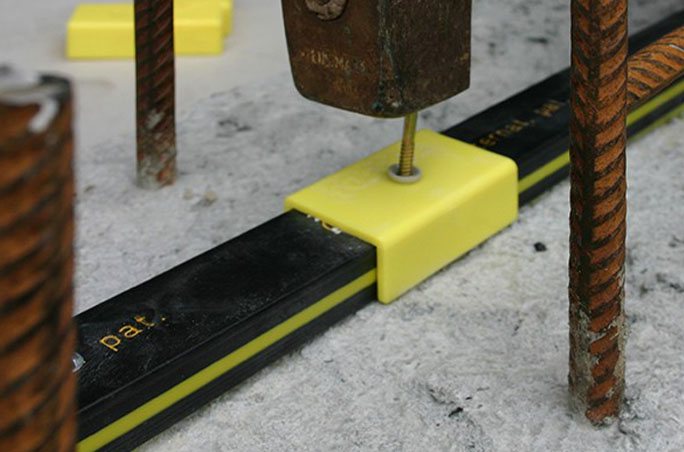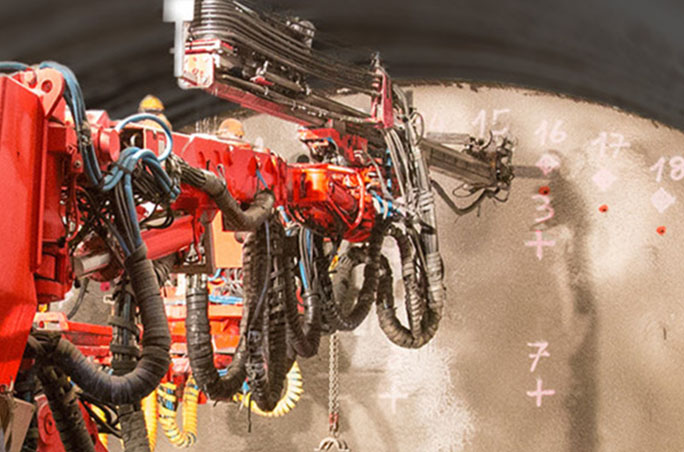Ballast bonding is an essential tool for railway safety
In all comparisons of transportation methods, the railway always ranks highly in terms of safety and reliability. This status however does not come free. Certain maintenance works are constantly required for a system in which many moving parts come together combined with enormous weights and high velocity. Continuous monitoring is not only required for the moving parts, but also for the track bed which serves as the foundation for the entire system. There, ballast bonding is the most efficient way to maintain the track in a working condition.
Ballast bonding serves many purposes
It is easy to imagine that any construction in the way of railway technology needs to be sturdy and resilient. The ground bearing the tracks therefore needs to be prepared with great diligence and with targeted measures. One of the most essential of these measures is ballast bonding. That term describes the bonding and temporary strengthening of the ballast material in order to maintain the track bed’s stability and thereby the safety of railway traffic itself. If the task is neglected, the ballast is in danger of loosening, sloping or sliding, leading to a loss of bearing capacity while the track is under construction.
Ballast bonding secures the ground in many ways
Making the track foundation more cohesive primarily serves the purpose of safeguarding it against flying or flowing ballast. Altogether, it renders the track bed stabilized and resistant so that it can continue to withstand the challenges of railway traffic. Through the products of RASCOR in the field of ballast bonding, you will find your optimal solution for working on a secure railway that is still in use.
Proven and reliable methods for ballast bonding
The most common and the most efficient means to tackle the task of ballast bonding is using non-foaming polyurethanes. Unlike in other areas of application, this compound is not injected but sprayed on the section in need of maintenance. The product then finds its way to the base of the track foundation, where it forms a solid block that serves as protection against outside impacts and keeps the ballast safely in place. This method has the advantages of being both quick and easy to use as well as providing a lasting safety structure.
Ballast bonding and other types of stabilization work
For ballast bonding purposes, RASCOR has developed a specific product that adapts to specific track and railroad requirements. However, this is not the only area where stabilization work is required or recommendable. Foundations of houses for example are exposed to other types of impacts throughout their lifetime and they are made from solid material rather than ballast. Regardless, they also need to maintain a high level of stability. Rascor International AG also has a range of products available for this task and for many other purposes.




